箱根を巡る:自然と伝統に触れる
箱根の見どころとアクティビティをまとめたポケットガイド
箱根は富士山を眺めるのに最適な場所の 1 つです。東京から 2 時間以内で行けるこの魅力的な観光地には、息を呑むほど美しい自然、歴史的な名所、元気を回復させる温泉があります。自然の美しさとアクセスの良さから、国内外の観光客に人気の観光地となっています。歴史マニア、自然愛好家、または単にリラックスしたい方でも、箱根は心を魅了するでしょう。
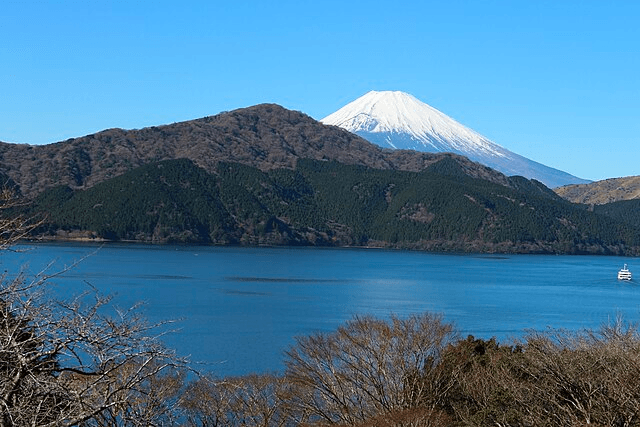
箱根の歴史と文化
箱根を訪れる理由の一つは、この地域の豊かな歴史と文化を体験することです。この地域は江戸時代まで遡る日本の歴史において重要な役割を果たしてきました。訪問者は、箱根関所は、江戸時代に東京と京都の間の人口と交通を規制するために使われた歴史的な関所です。関所についてもっと知りたい方は、箱根関所博物館検問所の近く。
日本の芸術や建築に興味のある人にとって、箱根彫刻の森美術館は必ず訪れるべき場所です。この美術館には、日本と海外のアーティストによる彫刻や芸術作品のコレクションがあり、屋外の環境でユニークな体験ができます。

そしてもちろん、箱根を訪れるなら、象徴的な鳥居を訪れなければ完璧とは言えません。箱根神社 1,300年以上の歴史を持つ、静かで精神的な場所です。訪問者は神社の美しい庭園を散策し、素晴らしい建築物を鑑賞することができます。
箱根の自然の美しさを探索
箱根は一年を通して美しい自然が楽しめることでも有名です。この地域には、象徴的な富士山の眺めなど、素晴らしい景色が広がっています。観光客は、川下りをゆっくりと楽しむことができます。芦ノ湖は、周囲の山々と森の美しい景色を楽しめる湖です。釣りやパドルボートを楽しむのにも最適な場所です。

ぜひチェックしてみてください大涌谷温泉と硫黄の噴出孔で知られる活火山の渓谷。ここでは、周辺をハイキングして、温泉と硫黄の噴出孔を間近で体験し、富士山の素晴らしい景色を楽しむことができます。
箱根を旅行するのに最適な方法の一つは、**箱根ロープウェイ。**ロープウェイに乗ると周囲の山々や森林の素晴らしい景色が楽しめ、渓谷自体もユニークな観光地です。
最後に、ハイキングが好きな方には、箱根には難易度の異なるハイキングコースがいくつかあります。最も人気のあるコースには、芦ノ湖周辺のコースや金時山。
箱根への行き方
箱根は東京や他の主要都市からアクセスしやすいため、簡単に行くことができます。東京から行く場合、最も簡単な方法は、新宿から箱根湯本駅まで小田急特急ロマンスカーに乗ることです。所要時間は約 1 時間半です。
箱根の人気観光スポット
箱根に来たら、日本が誇る最も美しくユニークな観光スポットを探索する準備をしましょう。ここでは、人気の観光スポットとアクティビティについてさらに詳しく説明します。
芦ノ湖
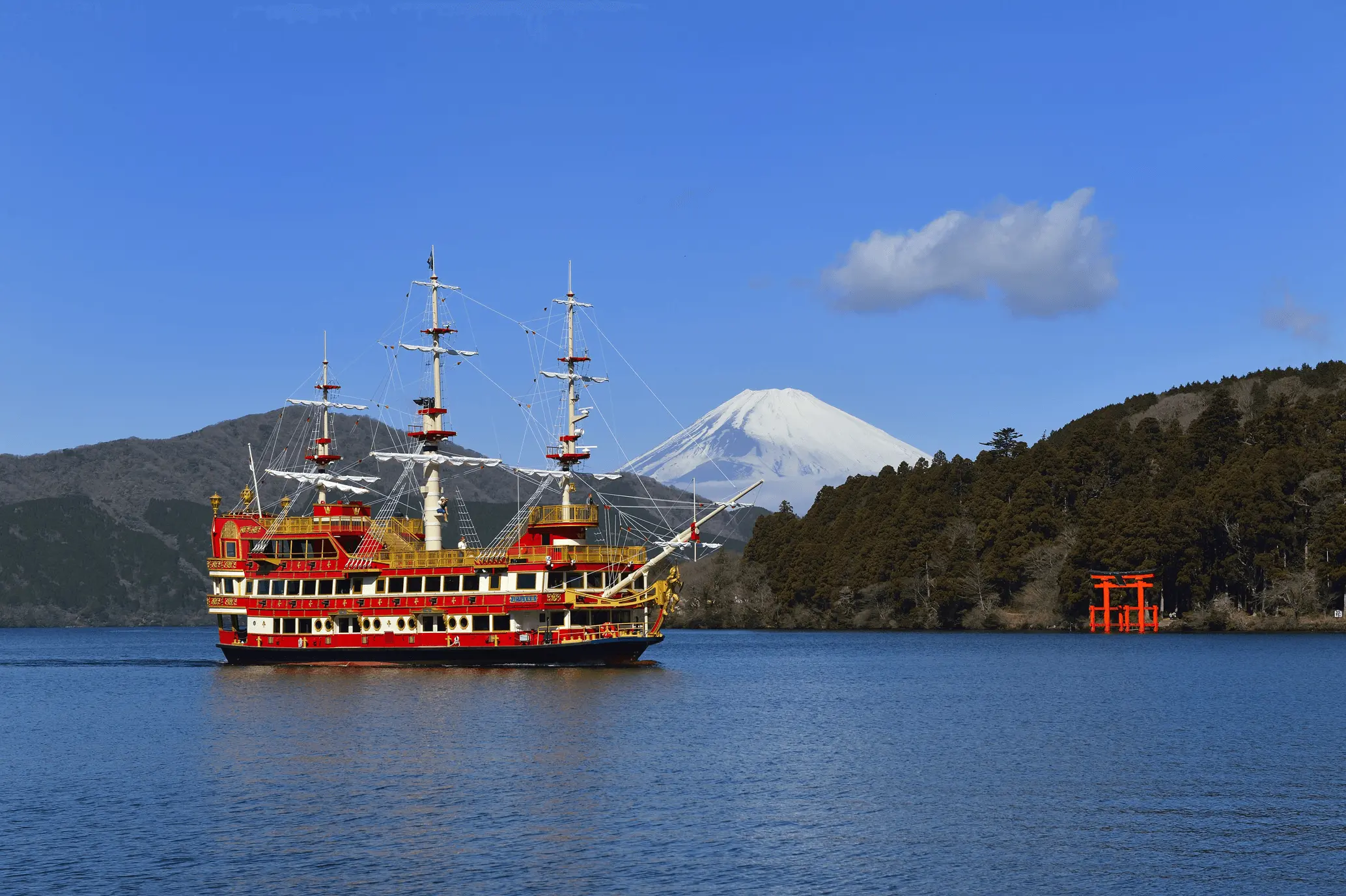
箱根への旅は、ほとんどの場合、箱根の中心にある美しい火口湖、芦ノ湖から始まります。湖は山々と森に囲まれており、訪れる人々がリラックスして日本の自然の美しさを味わえる、静かで穏やかな環境を提供しています。湖の周りをゆっくりとボートで巡り、晴れた日には富士山の素晴らしい景色を楽しむことができます。箱根海賊船にもぜひ乗ってください。最高の景色を楽しむには、芦ノ湖周辺の元箱根エリアに向かいましょう。よりアクティブな冒険を好む方には、湖の周りのハイキングコースや、釣りやカヤックのチャンスがあります。
箱根神社
箱根神社と鳥居は、箱根の最も象徴的な建造物のひとつです。神社は、その見事な建築と芦ノ湖の美しい景色で知られています。参拝者は、鳥居、石灯籠、美しい赤い橋などがある神社の境内をゆっくりと散策できます。参拝者は、お祓いや祈祷などの伝統的な神道の儀式に参加して、日本の文化や宗教についてより深く理解することもできます。
大涌谷
大涌谷は見逃せない自然の驚異です。この谷は3,000年以上前の箱根山の噴火によって形成され、現在は温泉、硫黄の噴出孔、沸き立つ泥沼があります。大涌谷に着いたら、ハイキングコースを散策したり、温泉で茹でた有名な黒たまごを味わったりできます。黒たまごは寿命が7年延びると言われています。この地域特有の黒いソフトクリームもぜひお試しください。
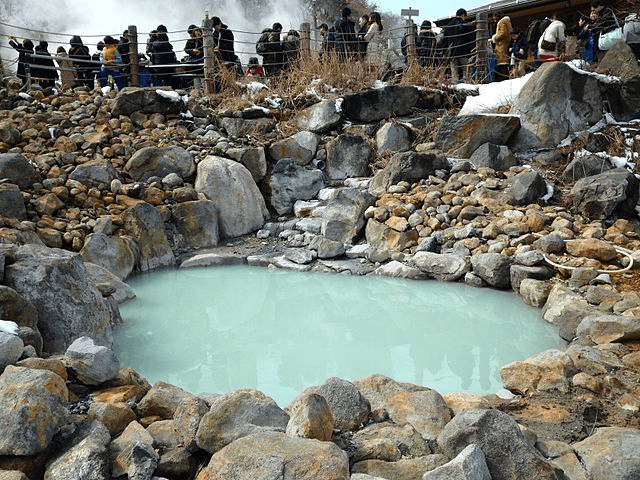
🚌 大涌谷へ行くには、箱根川クルーズで桃源台港まで行き、そこからバスに乗り換えて大涌谷まで行きます。または、箱根ロープウェイで行くこともできます。
箱根彫刻の森美術館
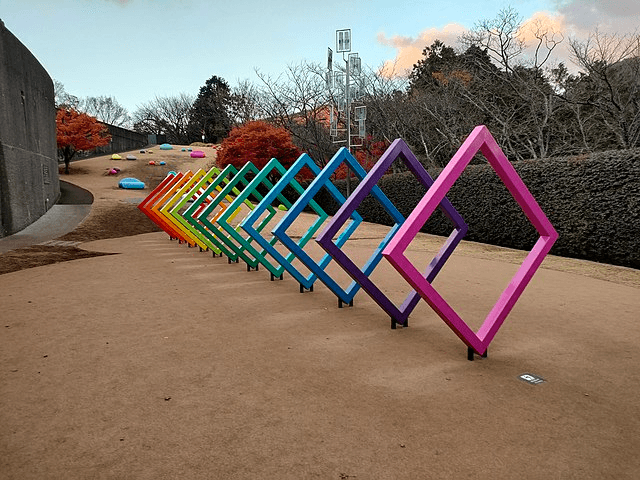
箱根彫刻の森美術館は単なる美術館ではなく、世界中から集められた 120 点以上の彫刻作品を展示する美しい屋外スペースです。ここで展示されている最も有名な芸術家の中には、パブロ・ピカソ、ヘンリー・ムーア、ジョアン・ミロなどがいます。美術館は季節ごとに変化する美しい庭園の中にあり、訪れるたびにユニークな体験ができます。彫刻作品に加えて、美術館には現代アートや特別展を展示する屋内ギャラリーもあります。
🗺️ 住所: 〒250-0493 神奈川県足柄下郡箱根町二の平1121
箱根ロープウェイ
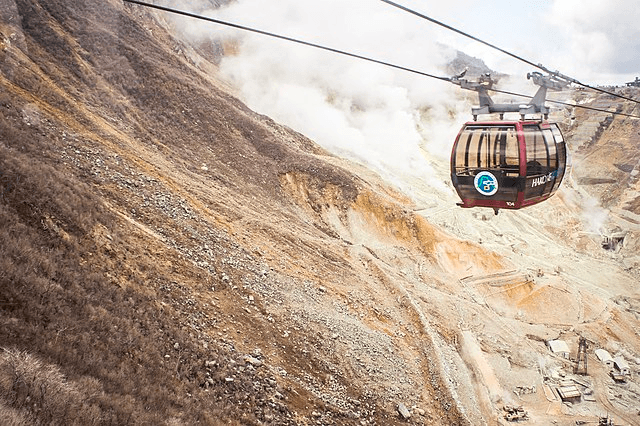
箱根ロープウェイは単なるケーブルカーの乗車ではなく、日本で最も美しい風景を巡る息を呑むような旅です。この乗車は早雲山駅と桃源台駅を結び、途中で富士山、芦ノ湖、大涌谷の素晴らしい景色を楽しめます。頂上では大涌谷を散策したり、温泉に入ったり、数多くあるレストランで伝統的な日本料理を楽しんだりできます。
箱根の温泉と旅館
素晴らしい自然の美しさと豊かな歴史を誇る山岳地帯である箱根は、癒しの効能があると言われる温泉で知られ、観光客にも地元の人にも人気の観光地です。
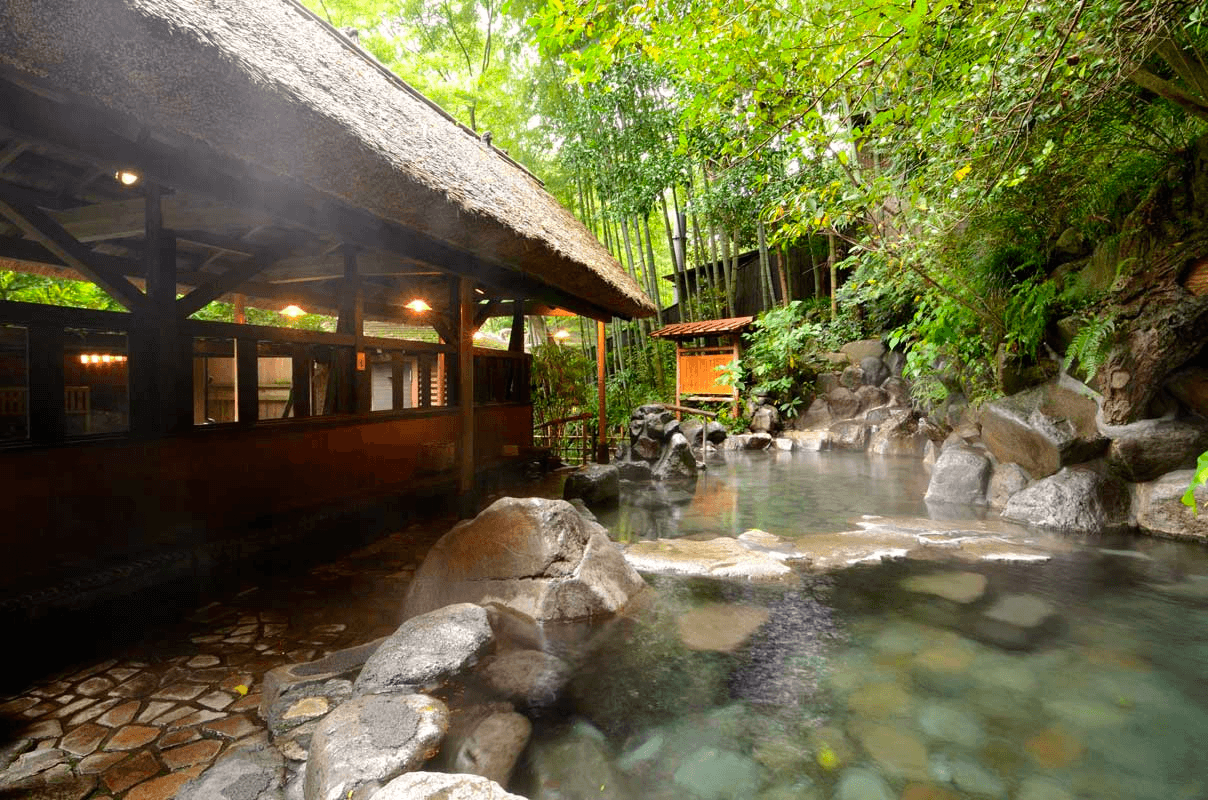
天然温泉から、より親密な体験を求める人のための貸切温泉まで、選択肢は豊富です。東京から日帰りで箱根を訪れることも可能ですが、旅館に一泊して充実した体験をしてみてはいかがでしょうか。
箱根で温泉を楽しめる人気のスポットをいくつかご紹介します。
- 天山温泉: 箱根で一泊したくない場合は、天山温泉が日帰りでの利用に人気です。天山温泉は、自然に囲まれたさまざまなタイプのお風呂がある露天風呂で有名です。
- 強羅花壇: より親密で高級な場所をお探しなら、プライベート温泉を備えた旅館が多数あるホテル、強羅花壇をチェックしてみてください。強羅花壇では、快適な温泉で禅とリラックスした雰囲気を感じることができます。
- 福住楼: より伝統的なものをお探しなら、福住楼は見逃せません。ここでは、最も歴史があり伝統的な日本式の宿泊施設の 1 つを体験できます。
箱根で日本向けNomad eSIMを使って接続を維持
日本でも手間なく接続するにはNomadの日本旅行eSIMノマドは世界中の200以上の目的地で手頃な価格のデータeSIM、日本を含む。
さまざまなローカル、地域、グローバル データ プランから選択し、出発前に旅行用 eSIM を購入してインストールしておけば、着陸した瞬間からローカル ネットワークに接続できます。旅行中にデータが不足した場合は、Nomad アプリでアドオンを購入するだけです。
箱根への旅行を計画中ですか?日本eSIM旅行中も接続を維持できます。